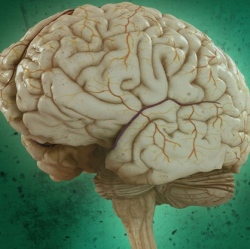
Previously, it was thought ability to repair DNA was the same throughout the body, but new research overturns this idea and shows organs vary in the extent to which they carry out a type of DNA repair called nucleotide excision repair. This was the finding of a study published in the journal Photochemistry and Photobiology.
For the study, the team investigated a type of DNA repair called nucleotide excision repair (NER). It is one of five types of DNA repair used by mammalian cells, primarily to repair damage caused by a range of cancer-causing agents, including ultraviolet (UV), products of organic combustion, metals and oxidative stress.
NER is a complicated process that requires a high level of metabolic investment by the cell. It mends DNA regions that contain unwanted added molecules that distort the DNA helix and interfere with DNA copying during cell division.
Lead investigator Jean Latimer, associate professor of pharmaceutical sciences at the College of Pharmacy at NSU, and colleagues found that the heart has the greatest ability to repair DNA using NER, followed by the gut, the kidneys, the spleen, the testes and the lungs.
However, the researchers found the brain appears to have no ability to carry out this vital type of DNA repair. One explanation could be that because they are not exposed to light, brain cells focus their energies on more essential functions.
Prof. Latimer says, "The human body was not designed to live past 30 or 40 years, so our brains haven’t prioritized DNA repair over other necessary functions." "Our brains are frequently not physically prepared to last as long as medical science is now allowing our bodies to live," she adds.
